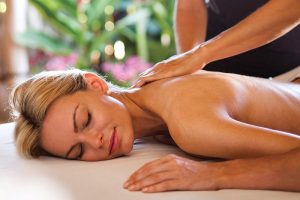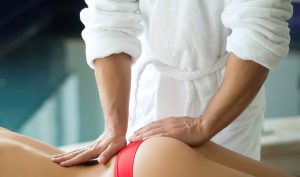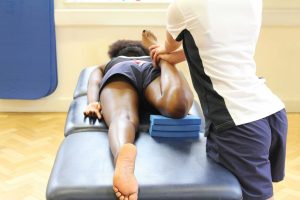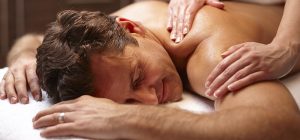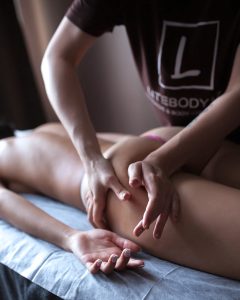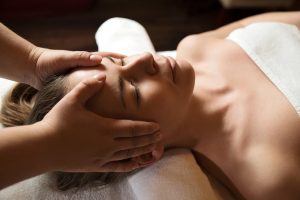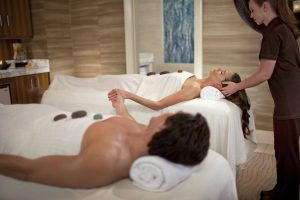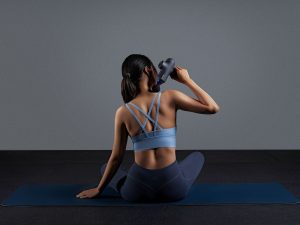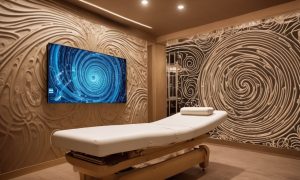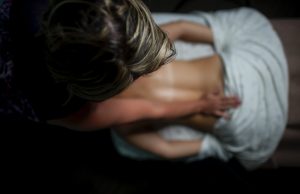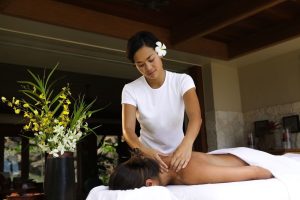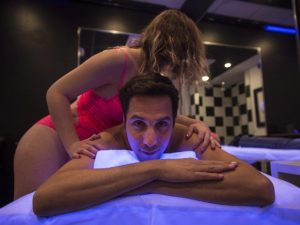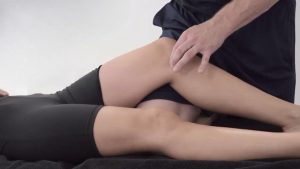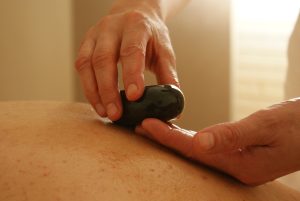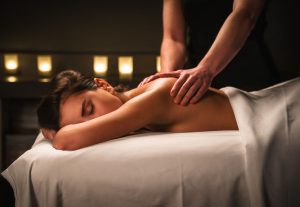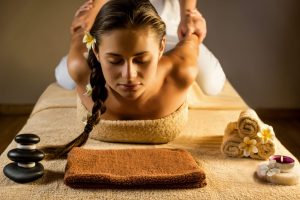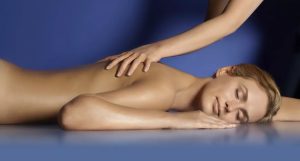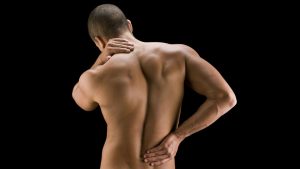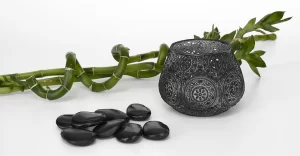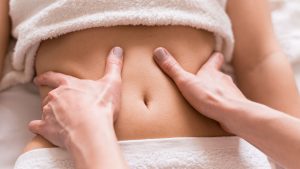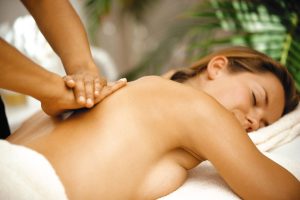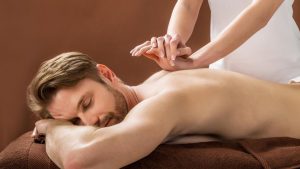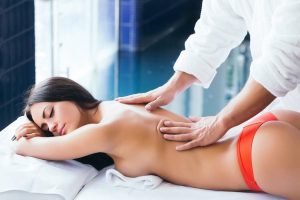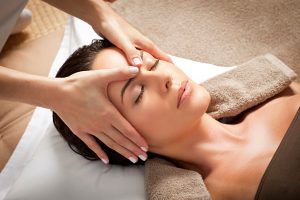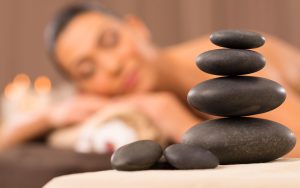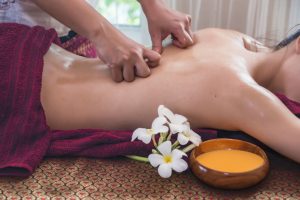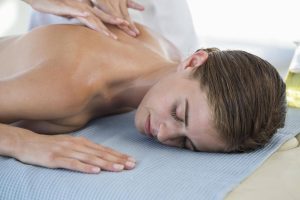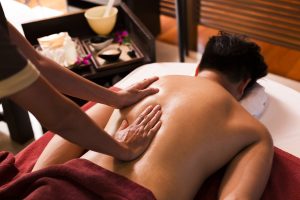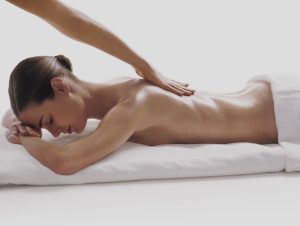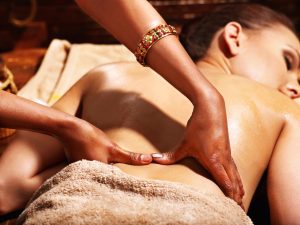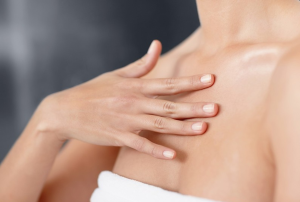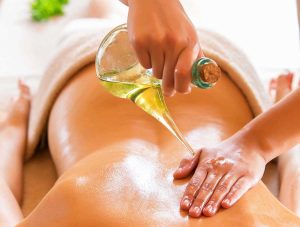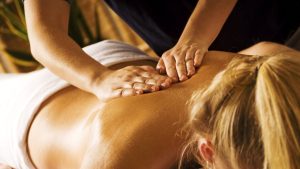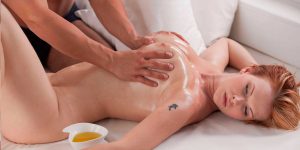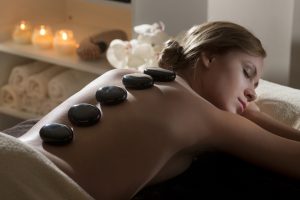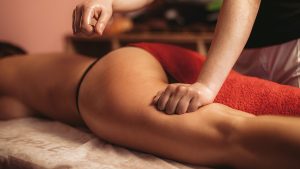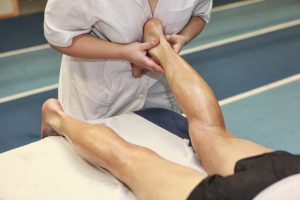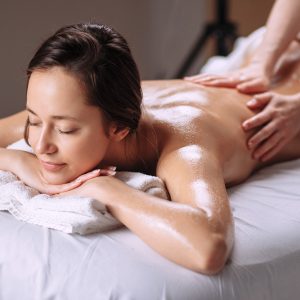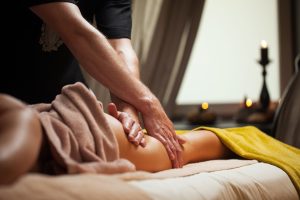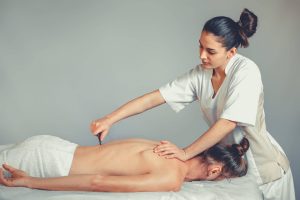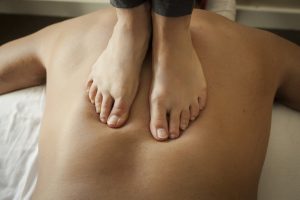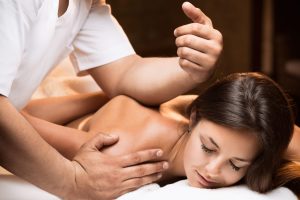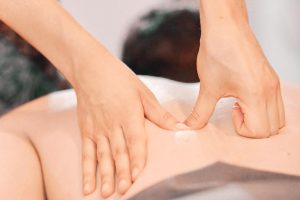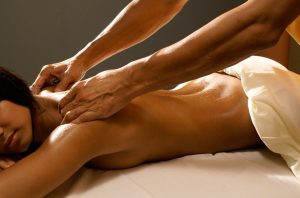Massage is one of the oldest and most effective methods for improving a person’s physical and emotional well-being. Today, there are numerous massage techniques, each targeted towards specific issues and providing a unique experience for the client. In this article, we will focus on two interesting and effective methods – Ashiatsu massage and deep tissue massage.
Ashiatsu Massage
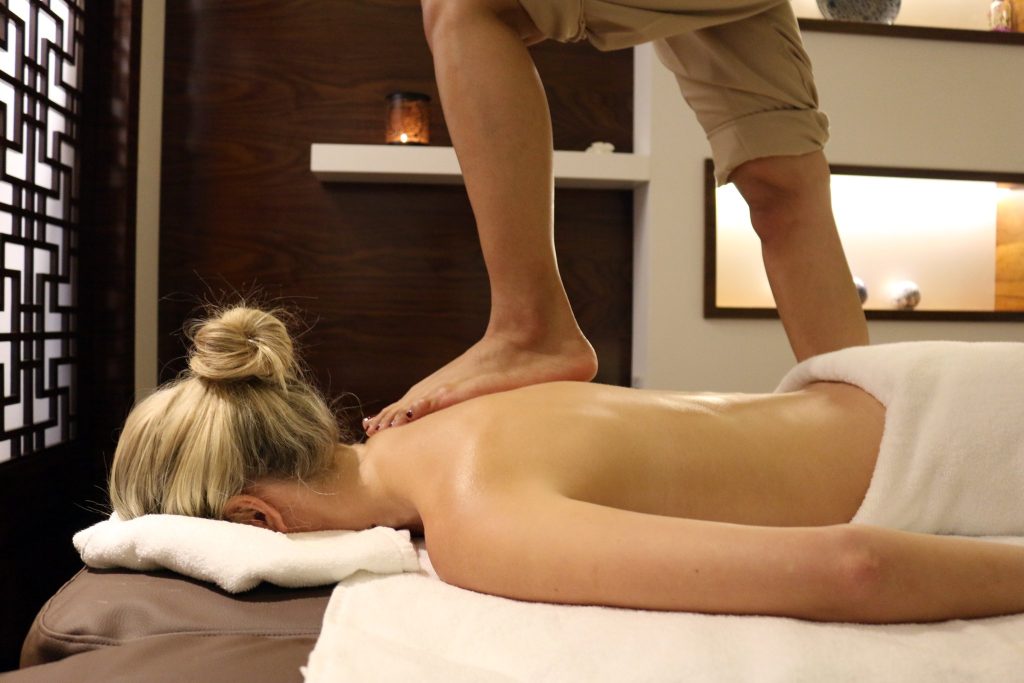

Ashiatsu massage (also known as Ashiatsu or Ashiyatsu) is a therapeutic form of massage that originates from Japan and has roots in traditional Chinese medicine and acupuncture. The term “Ashiatsu” translates from Japanese as “foot pressure,” indicating the primary method of this technique, where the massage therapist uses their feet, soles, and body to apply pressure to the client.
Key Characteristics of Ashiatsu Massage:
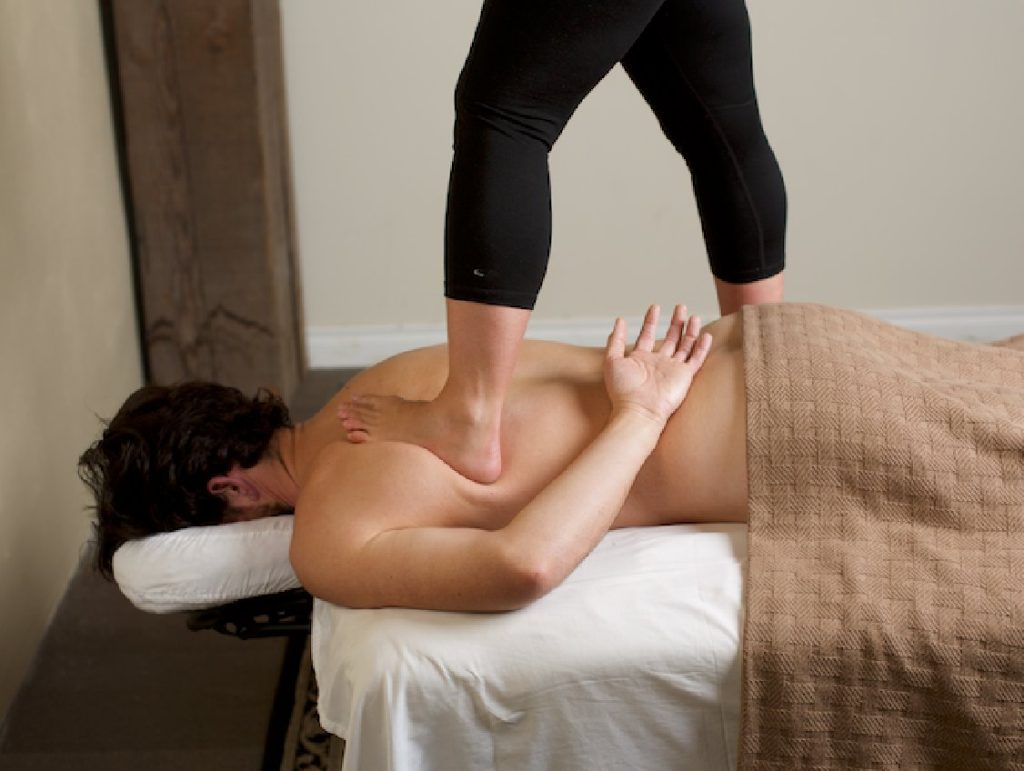

- Foot pressure: The massage therapist applies pressure using their feet.
- Work with meridians: Based on the belief in energy channels (meridians) that run through the body and influence its physical and emotional state.
- Deep movements and stretches.
- Full-body work.
- Practice on a mat on the floor: Ashiatsu massage is typically performed on tatami (traditional Japanese mats) on the floor, and the client remains clothed in comfortable attire as it is preferable for applying foot pressure.
Benefits of Ashiatsu Massage:
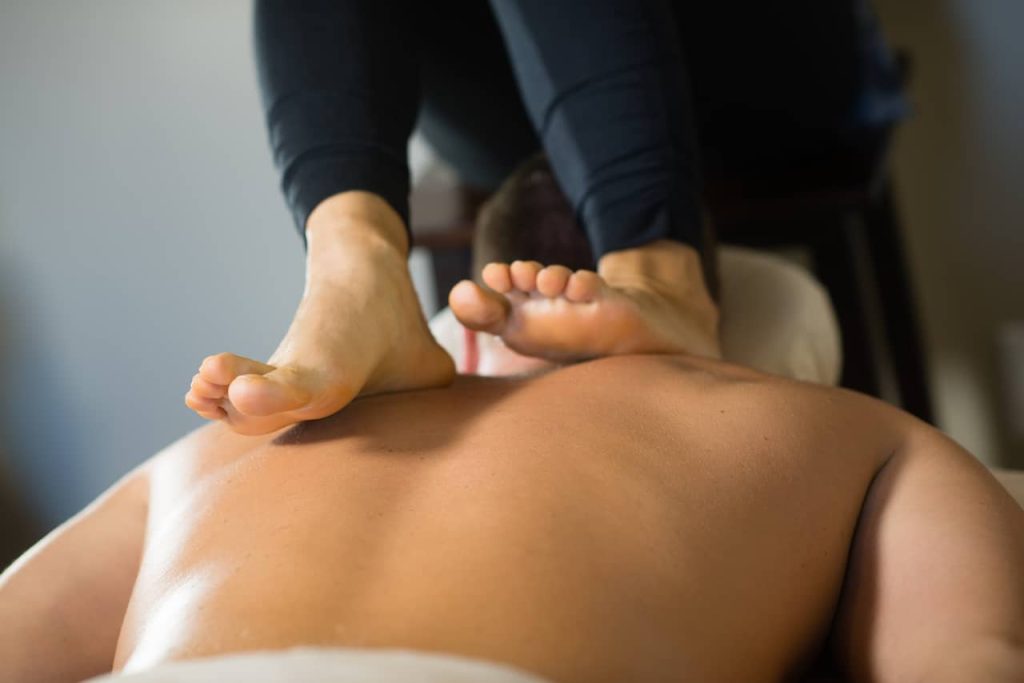

- Tension relief and relaxation.
- Improvement of energy flow.
- Body awareness: During an Ashiatsu massage, clients often become more aware of their body, sensations, and breath.
- Support for overall health.
Deep Tissue Massage


Deep tissue massage focuses on working with the deep layers of muscles and connective tissues in the body. It is used to treat various conditions and muscle-related issues such as chronic pain, muscle tension, spasms, and to improve joint mobility.
Key Characteristics of Deep Tissue Massage:
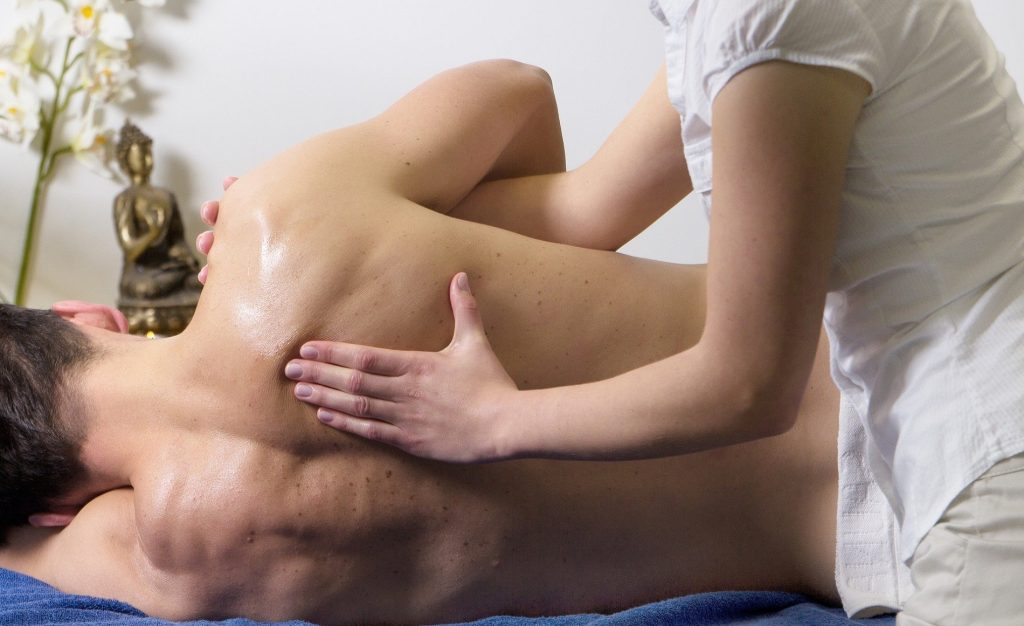

- Deep penetration: Focuses on working with deep layers of muscles and connective tissues.
- Intense pressure.
- Targeted approach: Deep tissue massage may include work on specific points of the body where muscle issues and tension are more noticeable.
- Focused on problem areas: The massage therapist targets problem areas and directs efforts to improve the condition of specific muscles or joints.
Benefits of Deep Tissue Massage:


- Resolution of muscle spasms.
- Improved circulation: Better blood flow helps deliver oxygen and nutrients to tissues.
- Increased joint mobility.
- Treatment of injuries.
- Reduction of chronic pain.
In the end, the best choice of massage will depend on your personal preferences and goals. If you are unsure which massage to choose, consult an experienced massage therapist who can recommend the most suitable type based on your needs and health condition.
Questions and Answers:
What does a massage therapist do?
A massage therapist is a trained professional who utilizes a variety of massage techniques to help clients relax, reduce pain, and improve their physical and mental well-being.
What are the benefits of ashiatsu massage?
The benefits of ashiatsu massage include deep compression, increased blood flow, release of tension, improved posture, and the ability to target specific problem areas.
How is ashiatsu massage different from traditional massage?
Ashiatsu massage differs from traditional massage in that it involves the therapist using their feet to apply deep pressure instead of their hands or elbows. This allows for deeper, more targeted therapy.
Can ashiatsu massage help with chronic pain?
Yes, ashiatsu massage can be effective in addressing chronic pain as it involves deep compression on the muscle fibers and connective tissues, which helps to release tension and improve circulation.
Is ashiatsu massage suitable for everyone?
Ashiatsu massage may not be suitable for everyone, especially those with certain health conditions or injuries. It is recommended to consult with a massage therapist to determine if ashiatsu is appropriate for you.
What other massage techniques are available besides ashiatsu?
There are various massage techniques available, including deep tissue massage, shiatsu massage, sports massage, Swedish massage, and many more. Each technique offers unique benefits and focuses on different aspects of the body.
How much pressure is applied during ashiatsu massage?
The amount of pressure applied during ashiatsu massage can vary depending on the client’s preference and the therapist’s assessment. However, ashiatsu massage generally involves deep, firm pressure to address specific areas of tension and discomfort.
How does Ashiatsu massage differ from deep tissue massage?
Ashiatsu massage is a traditional Asian method, focusing on energy meridians and pressure points. Deep tissue massage is a Western technique targeting deep muscle layers. They differ in techniques, intensity, and purposes.
Which massage is better for athletes after intense workouts?
Both deep tissue massage and Ashiatsu massage are effective for athletes. Deep massage helps reduce muscle spasms, while Ashiatsu balances energy and reduces tension.
How does the duration of an Ashiatsu massage session compare to that of deep tissue massage?
An Ashiatsu massage session typically lasts around 60-90 minutes, involving work on various pressure points and energy meridians. Deep tissue massage can be completed in 30-60 minutes, depending on the client’s needs and problem areas.
Can both massage methods be combined in one session?
Yes, some massage therapists can combine Ashiatsu massage and deep tissue massage in one session to achieve the best results and meet the client’s needs.
Which areas of the body are particularly targeted in Ashiatsu massage?
Ashiatsu massage pays special attention to energy meridians and pressure points located throughout the body.
Which massage helps improve muscle flexibility and stretching?
Deep tissue massage promotes improved muscle flexibility and stretching, beneficial for sports activities or everyday comfort.
Can pregnant women get massages?
Yes, massages can be given to pregnant women, but with certain precautions. Massage can be safe and even beneficial for pregnant women, but it is important to seek out an experienced massage therapist who is specifically trained to work with pregnant clients. A professional massage therapist should have the knowledge and experience to provide massages for pregnant women, taking into account the changes in the body and ensuring the comfort and safety of the expectant mother.
Massage for pregnant women can have such benefits as relieving tension and reducing pain, reducing stress and improving mood, promoting hormonal balance, and supporting better sleep.












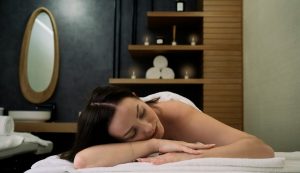
![11 Best Alternatives to Bedpage: Your Ultimate Guide [March 2024]](https://massage.dating/wp-content/uploads/2024/03/Best-Alternatives-to-Bedpage-300x200.jpg)












